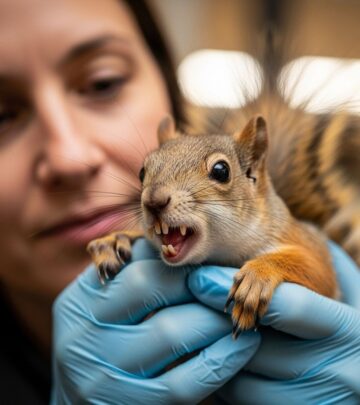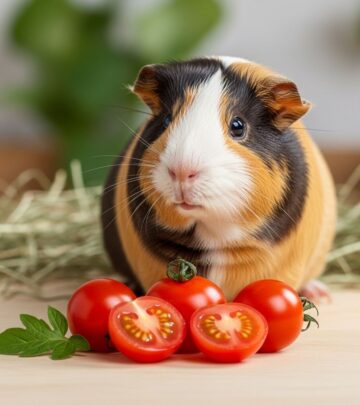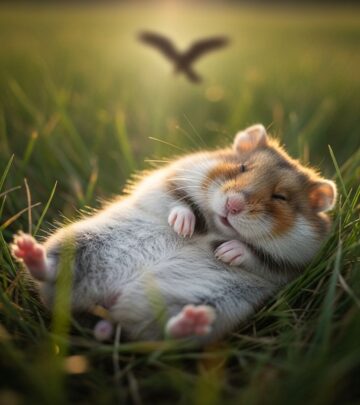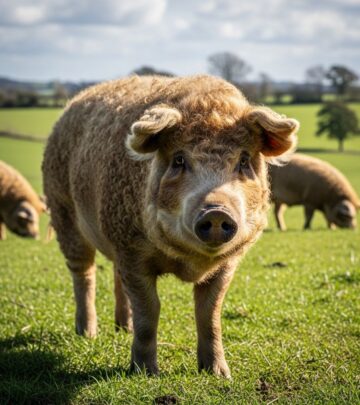Rabbit Vs Bunny Difference: What You Need To Know
Explore the differences (and similarities) between bunnies and rabbits, plus fascinating facts about these beloved lagomorphs.
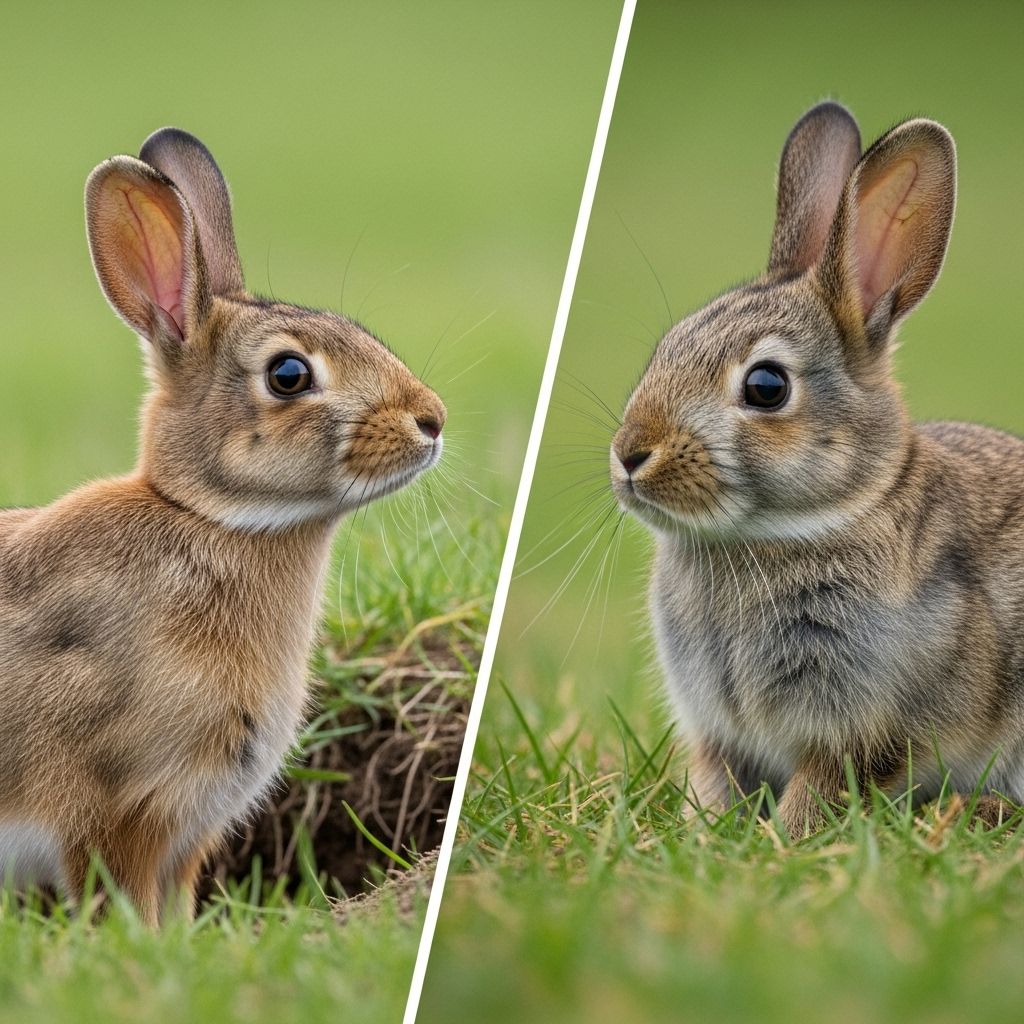
Image: HearthJunction Design Team
Bunny vs. Rabbit: Understanding the Real Difference
If you’ve ever found yourself wondering whether there is a difference between a bunny and a rabbit, you’re not alone. This common question has delighted animal lovers and sparked debates for generations. In this article, we’ll clarify what distinguishes a bunny from a rabbit (if anything), explore the language and science behind the terms, debunk popular myths, and dip into the world of hares for good measure.
What’s the Difference Between a Bunny and a Rabbit?
The short answer: there is no scientific difference between a ‘bunny’ and a ‘rabbit.’ Both terms refer to the same animal. In fact, ‘rabbit’ is the accurate, scientific term for these small mammals, whereas ‘bunny’ is simply an affectionate, informal nickname used to refer to them. Sometimes, people use ‘bunny’ to refer specifically to young rabbits, but this use is inconsistent and not recognized officially in the scientific or veterinary communities.
- Rabbit: The formal, scientific name for the animal.
- Bunny: An informal, endearing term; sometimes used for young rabbits but not exclusively or officially.
Scientific Classification of Rabbits
Rabbits (and their close cousins, hares) belong to the family Leporidae, which is part of the order Lagomorpha. The order Lagomorpha also includes pikas, but when referring to ‘rabbits’ or ‘bunnies,’ we specifically mean animals from the Leporidae family.
- Order: Lagomorpha
- Family: Leporidae
- Common examples: Domestic rabbit (Oryctolagus cuniculus), cottontail rabbit (Sylvilagus spp.)
There are dozens of species of rabbits worldwide, most of which share similar behaviors but may differ in habitat, size, and color.
Origins of the Terms “Bunny” and “Rabbit”
The word ‘rabbit’ has been used for centuries as the official designation for these animals. ‘Bunny,’ however, started as a term of endearment, much like calling a baby dog a ‘puppy.’ Over time, ‘bunny’ entered popular usage—especially in children’s stories and holiday traditions (think the Easter Bunny). Today, ‘bunny’ is synonymous with cute, cuddly rabbits of all ages, not just the young ones.
How Did “Bunny” Become So Popular?
- Used in storytelling: Fairy tales, cartoons, and children’s books popularized ‘bunny.’
- Affectionate slang: Just as we say ‘kitty’ for kittens, ‘bunny’ evokes fondness.
- Marketing and culture: Icons like the Easter Bunny and cartoon characters cemented ‘bunny’ in culture.
Baby Rabbits: Are They Called Bunnies?
Technically, baby rabbits are called kits or kittens. ‘Bunny’ is not the correct biological term, but it is widely used in everyday conversation. The mother of a kit is called a ‘doe,’ and the father is called a ‘buck.’ The term ‘bunny’ is a happy linguistic accident—a cute, familiar word that stuck around.
Bunny vs. Rabbit vs. Hare: Clearing Up the Confusion
While ‘bunny’ and ‘rabbit’ are just two names for the same animal, ‘hare’ is a different creature altogether. Hares and rabbits both belong to the Leporidae family, but there are several important distinctions between them:
| Trait | Rabbits | Hares |
|---|---|---|
| Size | Generally smaller, rounder bodies | Larger, with leaner, longer bodies and longer legs |
| Social Structure | Social, live in groups, dig burrows | Solitary or in pairs, do not dig burrows |
| Newborns | Born hairless, blind, helpless | Born with fur, open eyes, relatively independent |
| Habitat | Prefer enclosed warrens or burrows | Live in simple nests above ground (forms) |
| Domestication | Many domesticated breeds; common pets | Not domesticated, rarely kept as pets |
| Diet | Grasses, leafy greens, hay | Twigs, bark, tougher vegetation |
Common Myths About Bunnies and Rabbits
- Myth: Bunnies and rabbits are different species.
Fact: They are the same animal—just different terms. - Myth: All wild rabbits are called hares.
Fact: Hare is a different species—larger, faster, and with distinct life cycles. - Myth: Only baby rabbits can be called bunnies.
Fact: While sometimes used that way, there is no official age limit on the term ‘bunny.’ - Myth: Bunnies are always domestic, rabbits are always wild.
Fact: ‘Bunny’ can refer to either; it’s a term of endearment not restricted by habitat.
Why Do People Love Bunnies?
Bunnies have captured the hearts of people everywhere for a variety of reasons:
- Adorable appearance: Soft fur, floppy ears, and gentle faces.
- Gentle personalities: Most domestic rabbits are sweet, social, and loving.
- Interactive pets: They can be playful, affectionate, and even litter-trained.
- Symbolism: Bunnies are often seen as symbols of spring, renewal, and good luck.
Fun Facts About Rabbits
- There are over 30 recognized breeds of domestic rabbits, ranging in size from tiny dwarfs to giant breeds.
- Rabbits can live up to 12 years or more with proper care.
- They communicate through body language, thumping their feet, and making gentle grunts or purrs.
- Rabbits’ teeth never stop growing—they rely on chewing fibrous foods like hay to keep them healthy.
- They are crepuscular, meaning they are most active at dawn and dusk.
Caring for Your Pet Bunny (or Rabbit!)
Whether you call them bunnies or rabbits, these animals have specific needs for a long and healthy life.
- Diet: The staple of a rabbit’s diet is fresh hay, which aids digestion and dental health. Supplement with leafy greens and occasional pellets.
- Housing: Rabbits need a spacious enclosure, safe from predators and with plenty of room to hop and play. Indoor rabbits benefit from supervised playtime in bunny-proofed rooms.
- Socialization: Rabbits are social creatures. Having a companion rabbit can help keep them happy, but introductions must be done carefully.
- Health: Regular veterinary checkups, spaying or neutering, and monitoring for common issues like overgrown teeth or digestive distress are essential.
FAQs About Bunnies and Rabbits
Is there any scientific difference between a bunny and a rabbit?
No. ‘Rabbit’ is the official term. ‘Bunny’ is an informal or affectionate word that people use interchangeably with ‘rabbit.’
What is a young rabbit called?
A baby rabbit is called a ‘kit’ or ‘kitten.’ The mother is a ‘doe,’ and the father is a ‘buck.’ The use of ‘bunny’ for babies is popular but not scientific.
Are hares and rabbits the same?
No. Although they are related, hares are a separate species, generally larger and more solitary, with different birth and nesting patterns.
Can hares be kept as pets?
No. Hares are wild animals and do not adapt well to domestication. They are much more skittish and less sociable than rabbits.
Do all rabbits make good pets?
Most domestic rabbit breeds can make excellent pets with proper care, patience, and socialization. However, they require commitment and a bunny-proofed living space.
Conclusion: It’s All in the Name
When it comes to bunnies and rabbits, the most important takeaway is that they are the same delightful creature. Whether you use the formal ‘rabbit’ or the affectionate ‘bunny,’ you’re referring to the same member of the Leporidae family. So, next time you encounter a fuzzy friend wiggling their nose or nibbling on a carrot, remember: it’s not what you call them, but how well you understand and care for them that really counts.
References & Further Reading
- GuineaDad: “Rabbit vs Bunny”
- Everbreed: “What’s the Difference Between a Rabbit and a Bunny?”
- Inkopious: “Bunny vs. Rabbit: What’s the Difference?”
- Everbreed: “Bunny vs Rabbit vs Hare: Key Differences Explained”
References
- https://guineadad.com/blogs/bunnydad-blogs/rabbit-vs-bunny
- https://everbreed.com/blog/whats-the-difference-between-a-rabbit-and-a-bunny/
- https://www.youtube.com/watch?v=bub4URxCWBw
- https://inkopious.com/blogs/articles/bunny-vs-rabbit-whats-the-difference
- https://everbreed.com/blog/bunny-vs-rabbit-vs-hare-key-differences-explained/
Read full bio of Shinta








